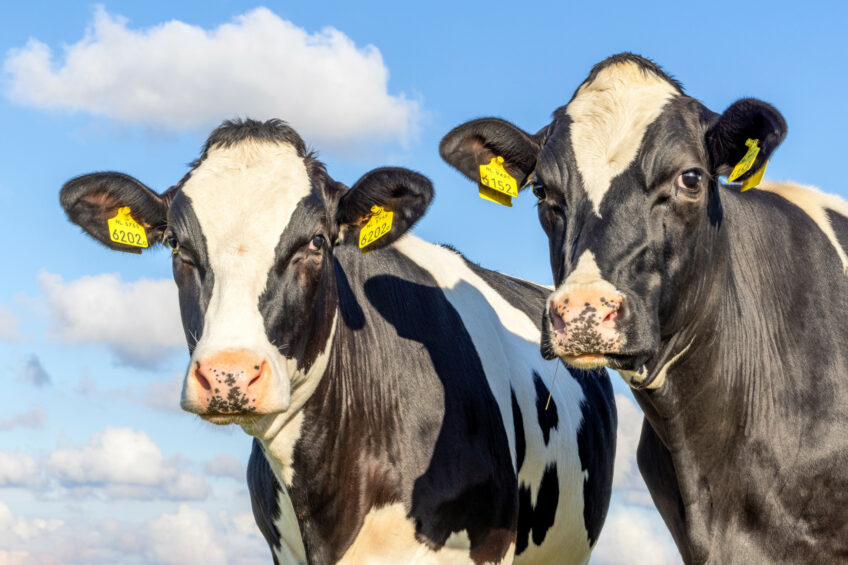Sustainable Solutions for Long-term Carbon Reduction in Dairy


“Today, we have a wide range of interventions available, from improving calf and heifer rearing and nutrition to applying precision feeding for different lactation groups through advanced modeling. We also optimise trace mineral recommendations and utilise life cycle assessment tools, among others. But the key question is: where should we start, and which decisions will have the greatest impact on each individual farm? This challenge led Trouw Nutrition to integrate all its proven solutions and tools into a comprehensive new programme designed to support customers at any stage of their sustainability journey: The Carbon Reduction Programme Dairy.”
Nutritional and Digital Expertise
The new programme supports ruminants at every life stage, integrating proven sustainability practices and tools.“Over the years, we have gained valuable insights and evidence on how to best feed calves and heifers to promote optimal health and growth, enabling first calving at 22-24 months. Our expertise in formulation, modelling, and nutrition has also evolved, allowing us to provide tailored diets for the start of lactation, peak production, and even up to the fifth lactation. But sustainability isn’t just about optimisation, it is also about measuring progress.”
This is why it combines its longstanding nutritional expertise with digital tools, such as MyMilkPrint and MyFeedPrint, to measure interventions on carbon reduction. MyFeedPrint calculates different environmental impact parameters of the feed ingredients and compound feed and blends, including the effect on climate change (what we call the carbon footprint, measured in kg CO2 equivalent). It allows feed advisors to formulate dairy rations on price, nutritional value and the environmental footprint of the feed ingredients used.
MyMilkPrint uses farm-specific inputs such as milk yield and quality, herd information, farm grown ingredients, combined with data of purchased feeds and nutritional data, energy use and manure management. Having this valuable data enables feed advisors to help dairy producers make more sustainable decisions and be more competitive, without losing milk production and animal performance. These tools are fitting examples of easy-to-use and accurate LCA services that help dairy farmers get these insights and start their journey towards building a sustainable dairy cow. By applying this holistic approach, inputs are optimised on multiple levels while maintaining performance and profitability.
“It is about producing milk in a smarter way. With a targeted and tailored approach, we support farmers to be more efficient and profitable and reduce emissions at the same time. And this doesn’t have to cost money. And, all of these interventions are able to reduce carbon emission.”